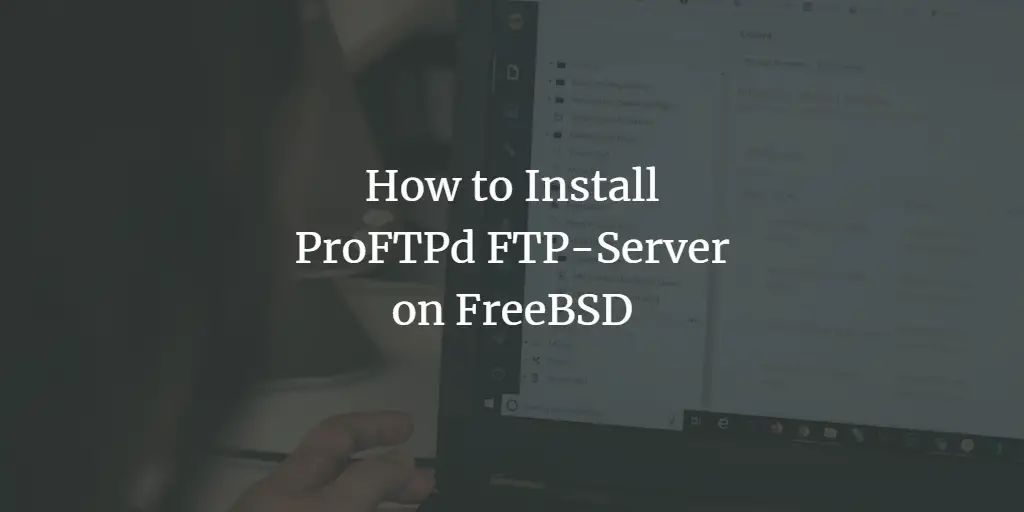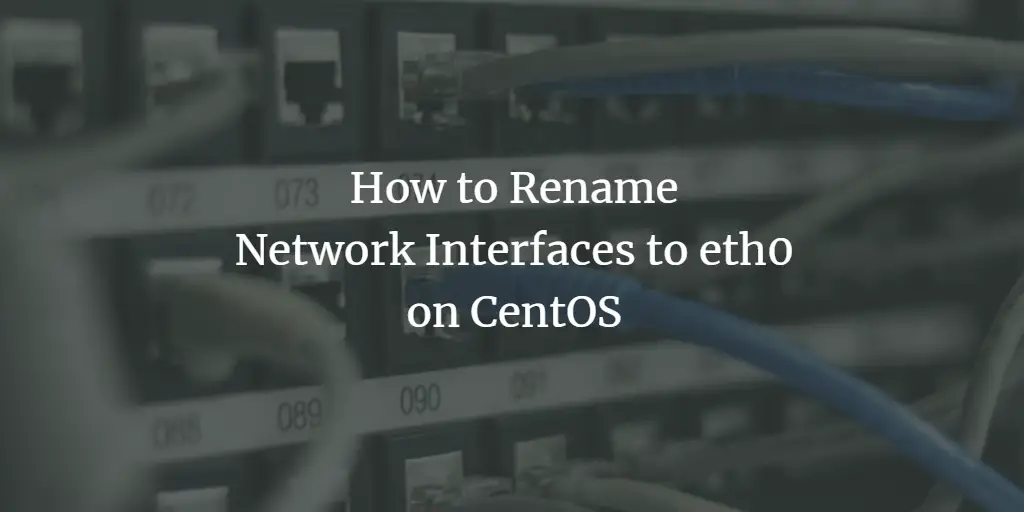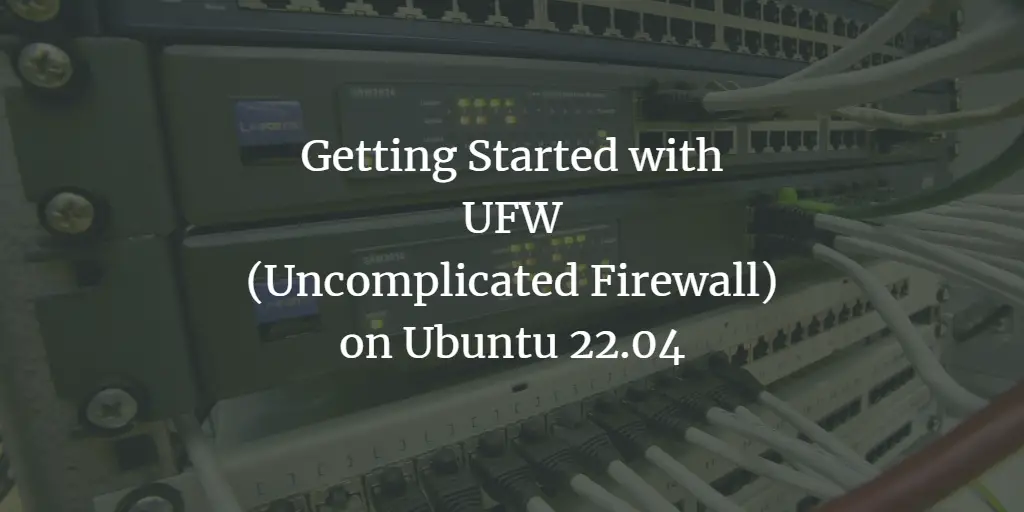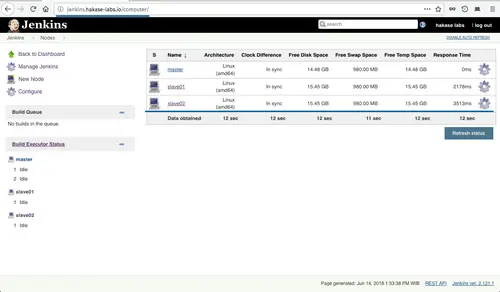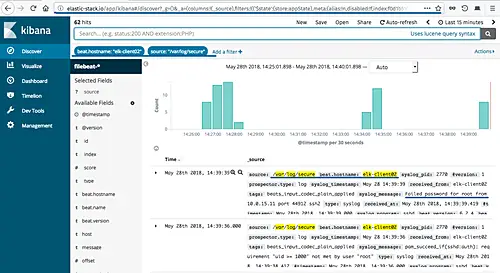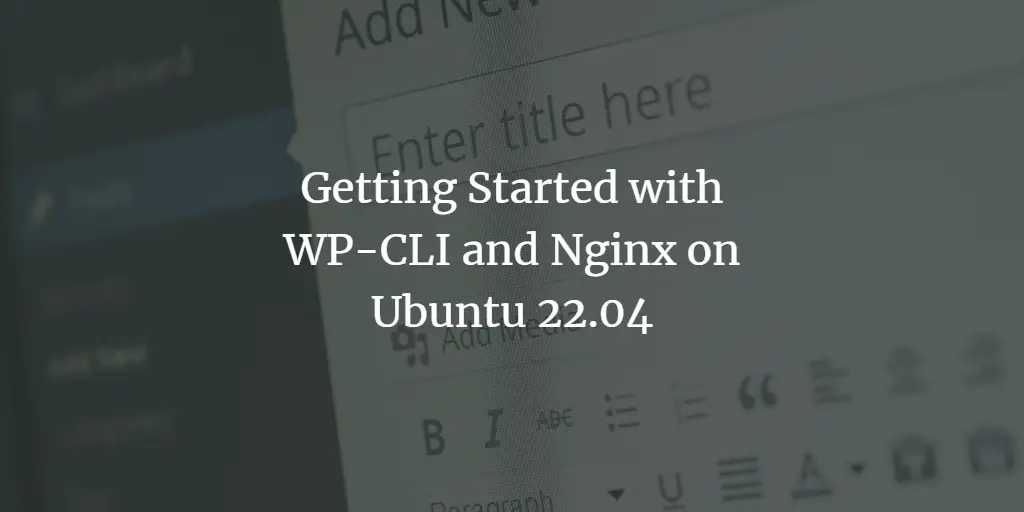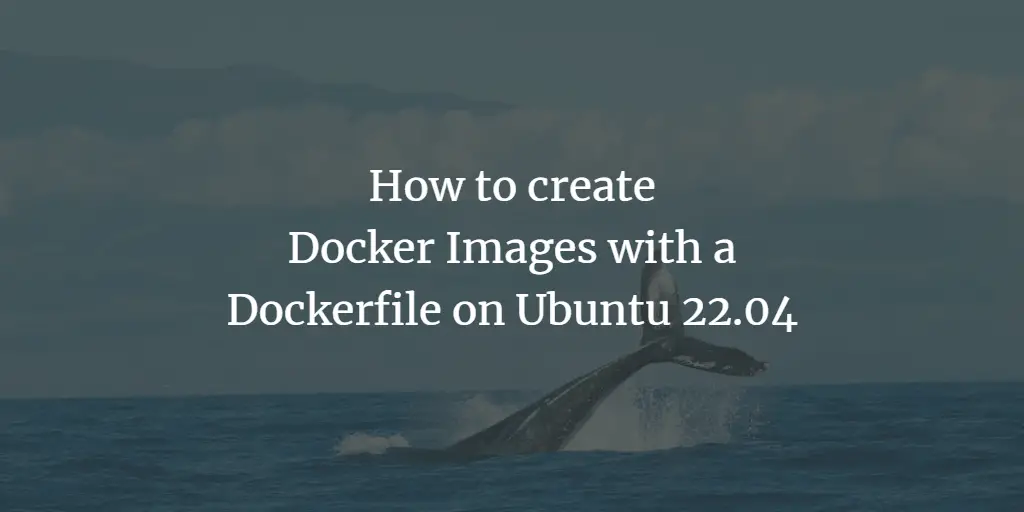Articles by Muhammad Arul
-
How to Setup Jail with Iocage on FreeBSD
Author: Muhammad Arul • Tags: freebsd, linux, server, shell • Comments: 0 • Published: Apr 27, 2024Iocage is a FreeBSD jail manager written in python. It's simple and comes with an ease command syntax. The Iocage jail manager is dedicated for ZFS dataset inside jails and allows you to create jail based on the 'VNET' virtual networking stacks and/or the 'Shared IP' based jail. Withing the Iocage, you can create the jail template, base jail, and normal jail.
-
How to install ProFTPd FTP Server on FreeBSD
Author: Muhammad Arul • Tags: freebsd, ftp, server • Comments: 0 • Published: Apr 27, 2024This tutorial will show you how to set up the FTP Server on FreeBSD using the ProFTPd server application. We will install the ProFTPd server, set up and secure the deployment with SSL/TLS security, and set up the FTP user.
-
How to Manage Multiple Node.js Versions using NVM (Node Version Manager)
Author: Muhammad Arul • Tags: linux, programming • Comments: 0 • Published: Sep 14, 2023NVM or Node Version Manager is a command-line tool for managing multiple Nodejs versions. In this tutorial, I will show you how to install and use NVM for managing multiple Nodejs versions on your computer.
-
-
How to Rename Network Interfaces to eth0 on CentOS
Author: Muhammad Arul • Tags: centos, linux, networking, server • Comments: 0 • Published: Sep 14, 2023In this article, we will learn about the Linux interface naming. You will learn how the network interface on Linux named eth(X), ens(X), eno(X), etc.
-
Getting Started with UFW (Uncomplicated Firewall) on Ubuntu 22.04
Author: Muhammad Arul • Tags: linux, security, ubuntu • Comments: 5UFW or Uncomplicated Firewall is an application to manage an iptables based firewall on Ubuntu. UFW is the default firewall configuration tool for Ubuntu Linux and provides a user-friendly way to configure the firewall, the UFW command is just like English language so the commands are easy to remember. The UFW firewall supports IPv4 and IPv6.
-
How to Setup Jenkins Master and Slave on Ubuntu
Author: Muhammad Arul • Tags: linux, server, ubuntu • Comments: 9Jenkins is an automation server with support for many SCM (Source Control Management) systems including Git, SVN, and Mercurial. Jenkins provides hundreds of plugins to automate your project. In this tutorial, we will learn how to set up Jenkins master-slave architecture using the latest Ubuntu version Ubuntu. We will learn to set up the Jenkins master server, and then add other Ubuntu nodes as Jenkins slaves.
-
How to Install Elastic Stack on Ubuntu 20.04 LTS
Author: Muhammad Arul • Tags: linux, monitoring, server, ubuntu • Comments: 0Elastic Stack (Formerly ELK Stack) is a group of open-source software created by Elastic for collecting data from multiple sources. It allows you to collect, store, process, analyze, and visualize data from various sources in any formats to the centralized Elastic Stack platform.
-
Getting Started with WordPress WP-CLI and Nginx on Ubuntu 22.04
Author: Muhammad Arul • Tags: linux, mysql, nginx, php, shell, ubuntu • Comments: 2WP-CLI is a tool to provide a command line interface to install and manage a WordPress site. This tutorial explains the installation of Wordpress on a LEMP (Linux + Nginx + MySQL + PHP) server with WP-CLI and shows how to install plugins and themes with WP-CLI on the command line.
-
How to Install RethinkDB on CentOS 8
 Author: Muhammad Arul •
Tags: centos, linux •
Comments: 0
Author: Muhammad Arul •
Tags: centos, linux •
Comments: 0 The RethinkDB is a free and open-source database for building realtime web applications. It's a distributed document-oriented database, easy to scale, high availability database with automatic failover and robust fault-tolerance.
-
How to create Docker Images with a Dockerfile on Ubuntu 22.04 LTS
Author: Muhammad Arul • Tags: linux, server, ubuntu, virtualization, web server • Comments: 0In this tutorial, I will show you how to create your own docker image with a dockerfile. A Dockerfile is a script that contains collections of commands and instructions that will be automatically executed in sequence in the docker environment for building a new docker images. As example, we will create a Nginx Web server with PHP-FPM.


